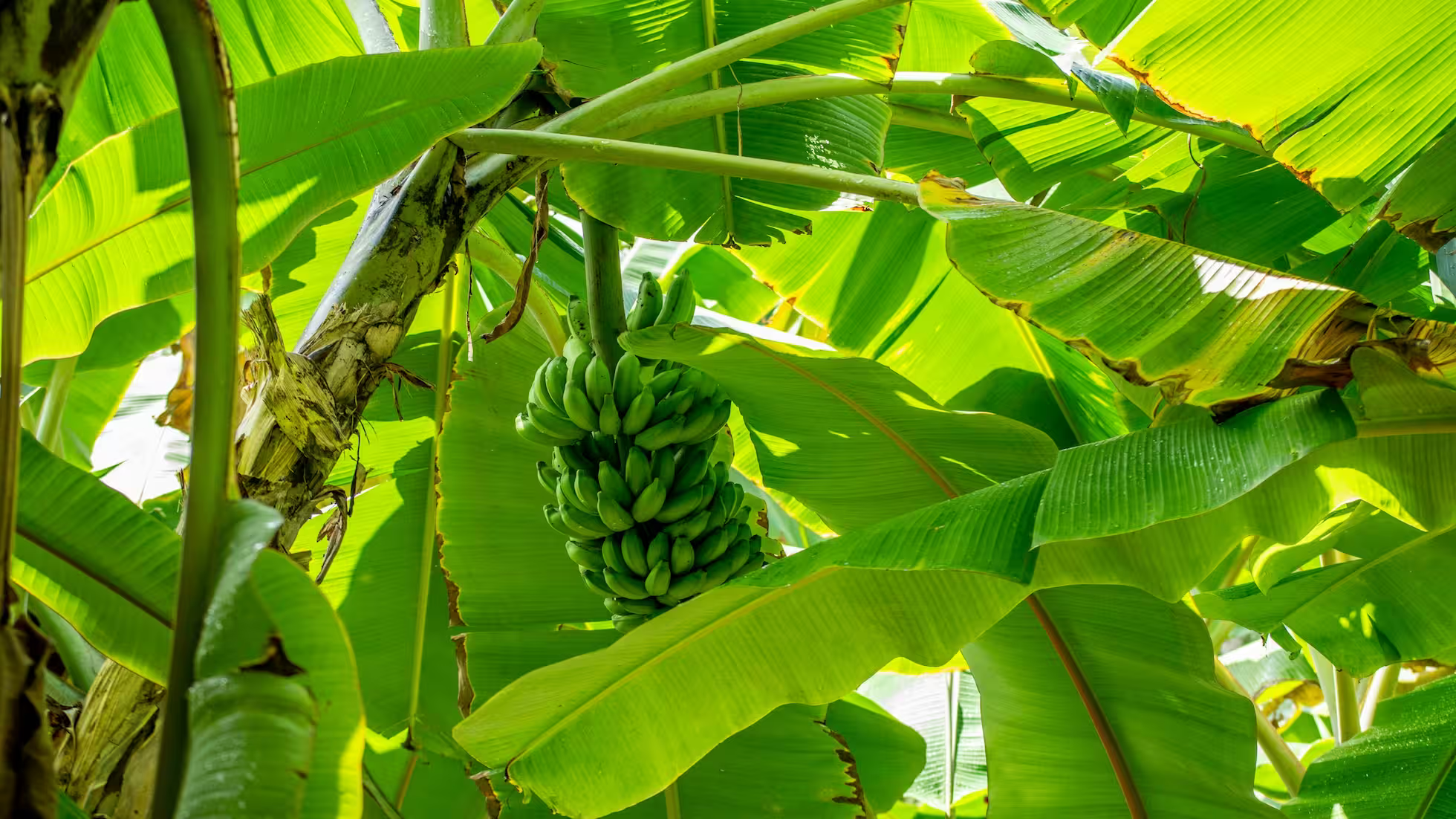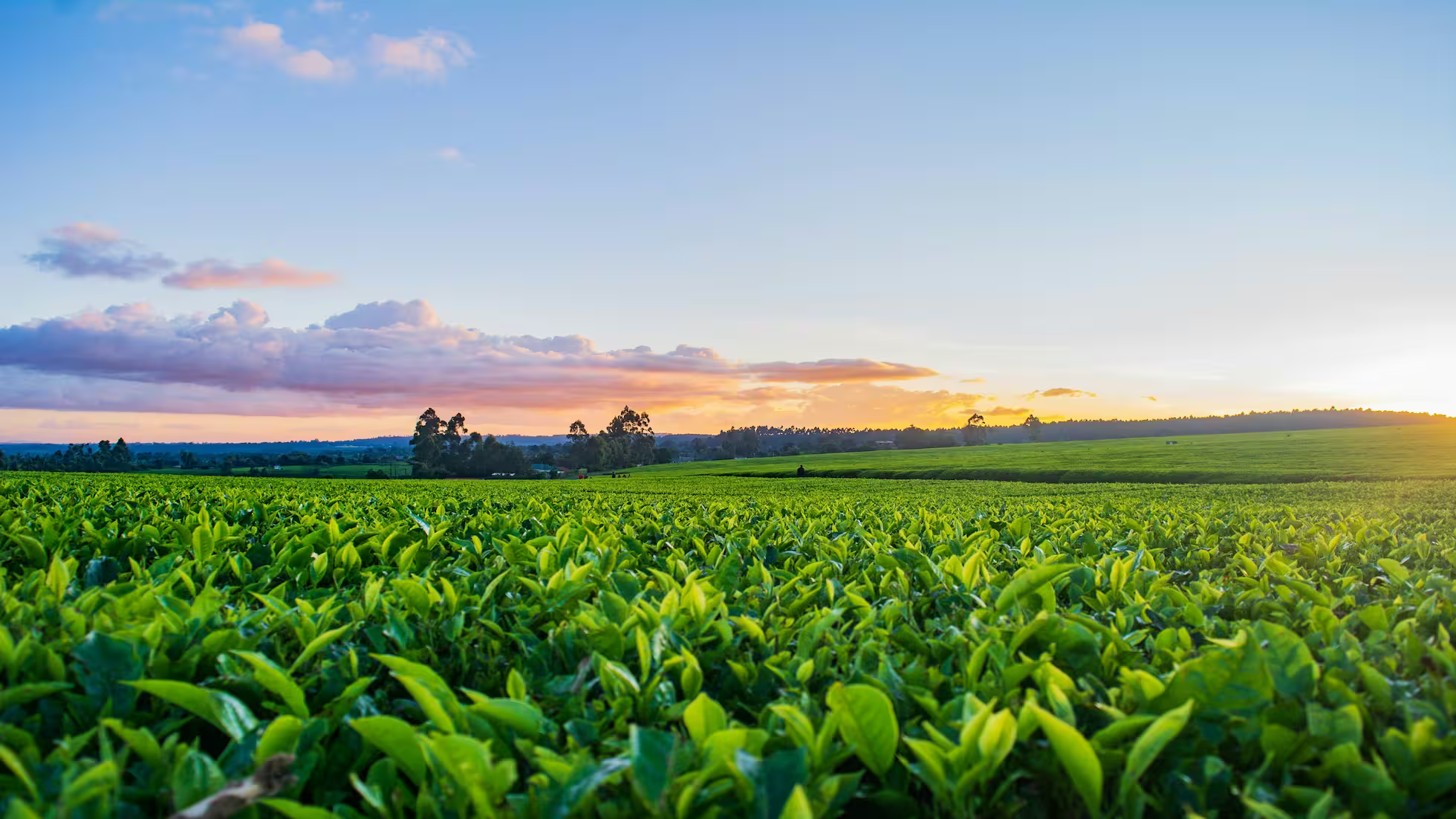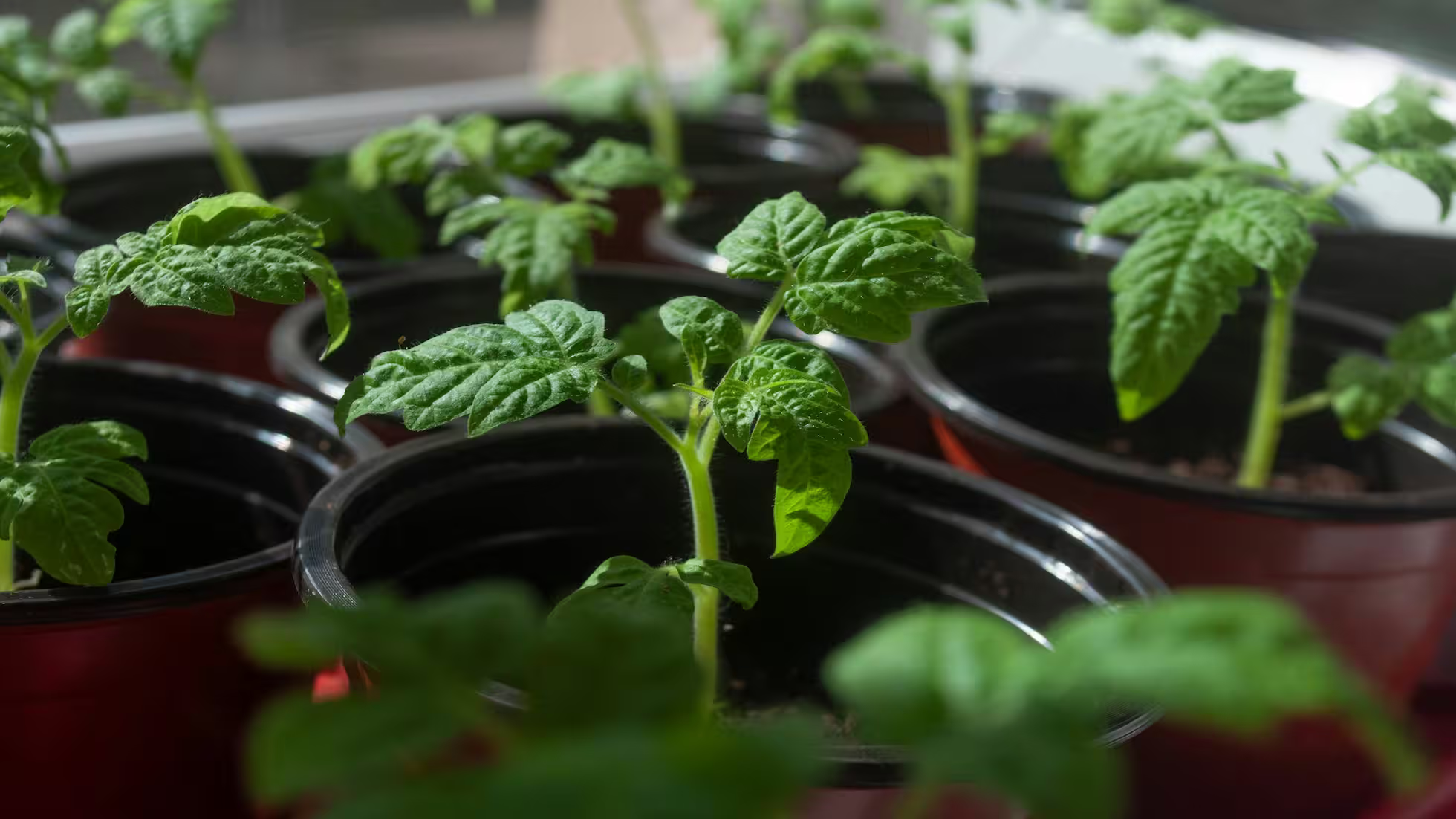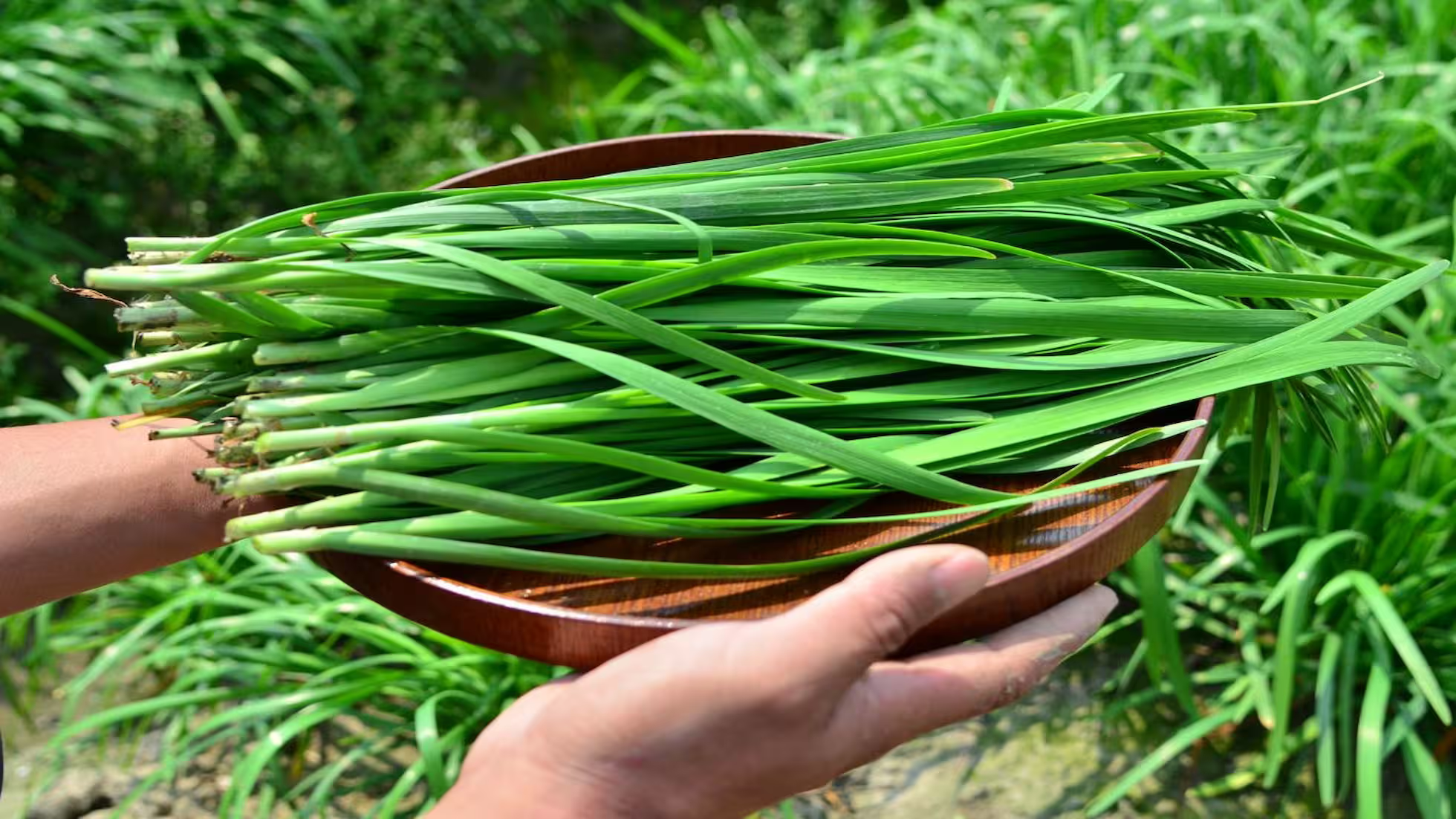Key Points for Banana Pest and Disease Management

To effectively prevent and control Fusarium wilt, banana bunchy top virus (BBTV), black Sigatoka, leaf spots, and major insect pests — and to safeguard the sustainable development of the banana industry — this guideline focuses on green prevention and integrated control to ensure production safety and quality.
I. Seedling Selection
Source virus‑free seedlings from qualified nurseries; prioritize soilless, sterilized media cup seedlings. Prohibit the movement of planting material from epidemic areas to prevent pathogen spread. Recommended resistant varieties:
- Fusarium wilt: Nantianking, Baodao banana, Zhongjiao No. 8.
- BBTV: Williams (B6), Brazil banana.
- Black Sigatoka: Red banana, Zhongba Da.
- Leaf spot: Williams, Guangfen No. 1.
II. Monitoring
After transplanting, establish standardized monitoring. Regularly survey species, severity and distribution; track disease index (DI) and pest density (PM); issue timely warnings and targeted measures. Focus on early Fusarium symptoms, leaf spot expansion, and peak activity of thrips and aphids.
III. Cultural Controls
1) Adjust soil pH
Apply lime, organic fertilizers, and ash to maintain pH 6.0–7.5, optimizing roots and suppressing Fusarium.
2) Water–fertilizer management
- Balanced fertilization; increase P, K and micronutrients; avoid excessive N.
- Combine organic and microbial fertilizers to improve structure and beneficial microbiota.
- Prefer fertigation to avoid waterlogging from flood irrigation.
3) Intercropping and rotation
- Intercrop with chives and legumes to build biodiversity barriers.
- Rotate severely affected fields with rice, sugarcane, or maize to break pathogen cycles.
4) Field sanitation
- Prune and remove diseased/old leaves and residues; deeply bury centrally.
- Prevent infected residues from becoming secondary inoculum.
IV. Physical and Mechanical Measures
- Yellow/blue sticky traps for aphids and thrips.
- Pheromone traps for stem borers to reduce populations.
- Insect‑proof nets in seedling stage to block vector‑borne diseases.
- Solar insect lamps for noctuid moths.
- Pre‑plant plastic mulch solarization to suppress soilborne pathogens.
V. Biological Control
- For Fusarium wilt, apply Bacillus subtilis and other bio‑agents to protect the rhizosphere.
- Release predatory mites and parasitoid wasps to control aphids, thrips and build a stable biocontrol system.
VI. Green Alternatives
- Leaf spot: use Melaleuca alternifolia extract or ningnanmycin + tebuconazole mixtures.
- Black Sigatoka: use chitosan oligosaccharide + flusilazole mixtures.
- Spider mites: prefer mineral oils and other green products.
VII. Chemical Control
Follow principles of high efficiency, low toxicity, and low residue. Rotate modes of action and organize area‑wide programs; observe pre‑harvest intervals (PHI):
- Leaf spot: prothioconazole, azoxystrobin.
- Black Sigatoka: tebuconazole, penthiopyrad (pyrazole carboxamide).
- Aphids: acetamiprid.
- Crown rot: iprodione, thiophanate‑methyl.
- Thrips: beta‑cyfluthrin, spirotetramat + thiamethoxam.
Pay attention to target, timing, concentration, and microclimate to delay resistance and avoid secondary pollution.
Published at: Apr 19, 2025 · Modified at: Dec 24, 2025



